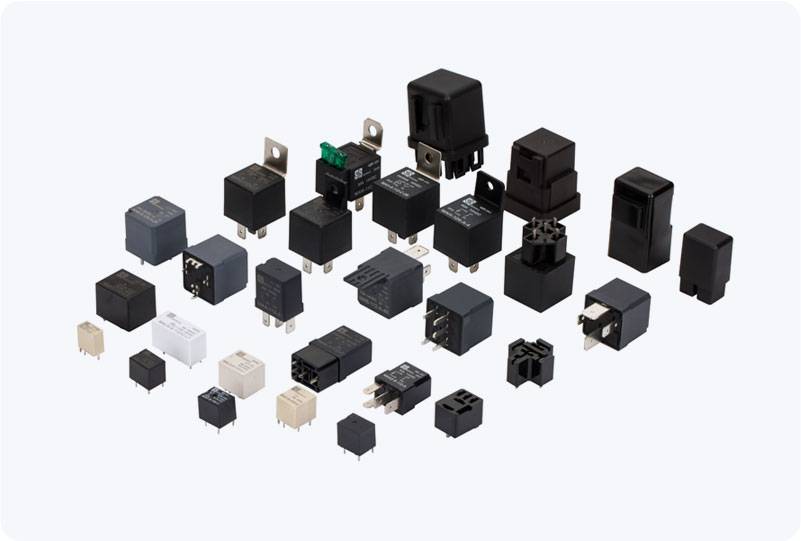In the world of modern electronics, where devices are becoming more complex and powerful, effective thermal management has become crucial to ensure the reliability and longevity of electronic systems. Overheating can lead to malfunction, damage, or even failure of critical components. One of the most effective solutions for managing temperature in electronic systems is the use of Thermal Management Relays (TMRs). These devices play a key role in protecting electrical equipment from the dangers of excessive heat, offering both safety and efficiency in a wide range of applications.

What is a Thermal Management Relay? A Thermal Management Relay is an electrical control device designed to monitor and regulate the temperature within an electronic system. It helps prevent overheating by opening or closing the circuit depending on the detected temperature. Essentially, the relay acts as a temperature switch that can either interrupt the power flow when the temperature exceeds a predefined threshold or activate cooling mechanisms to maintain optimal temperature conditions. The relay is often equipped with a temperature sensor that continuously monitors the system’s temperature. When the temperature exceeds a safe limit, the relay activates an action such as turning off the power supply, activating a cooling system like a fan, or triggering other protective measures.